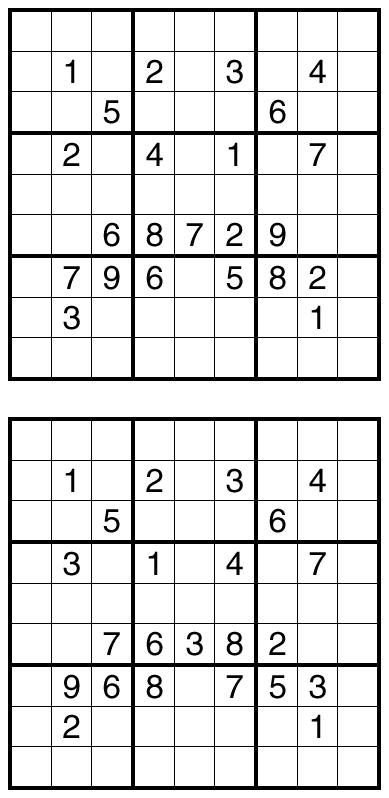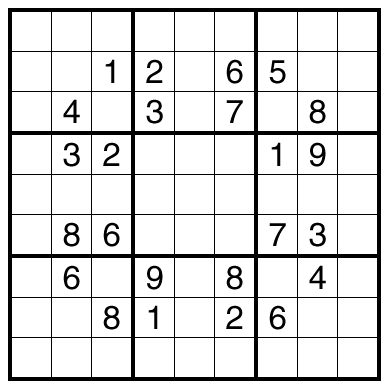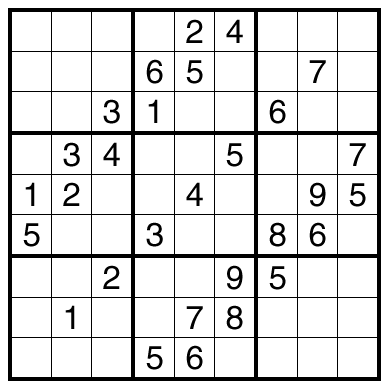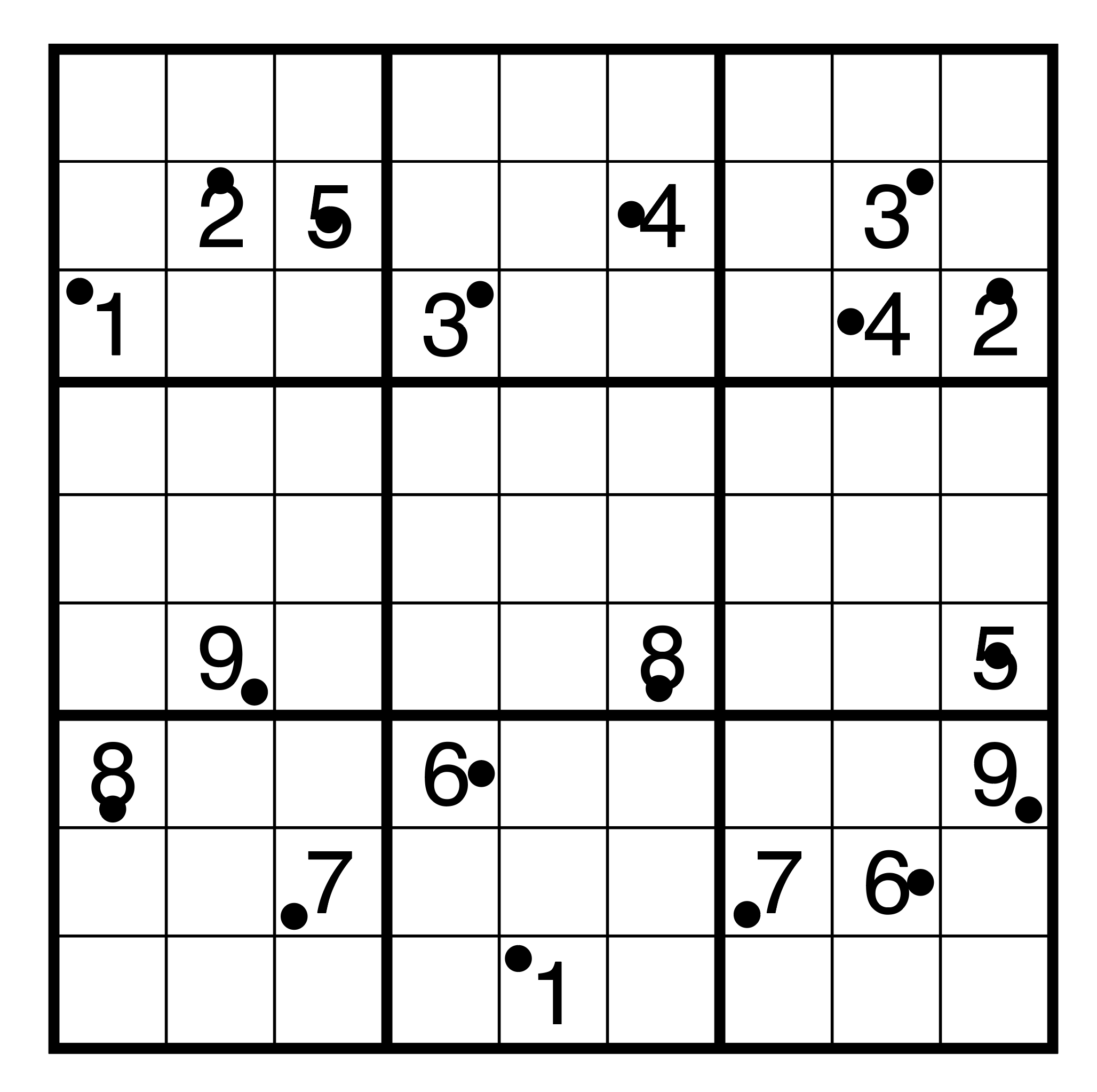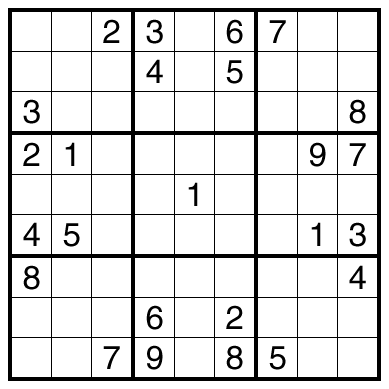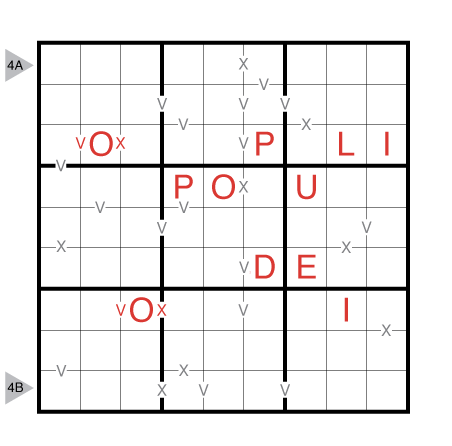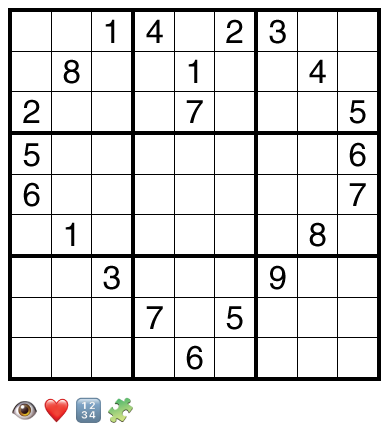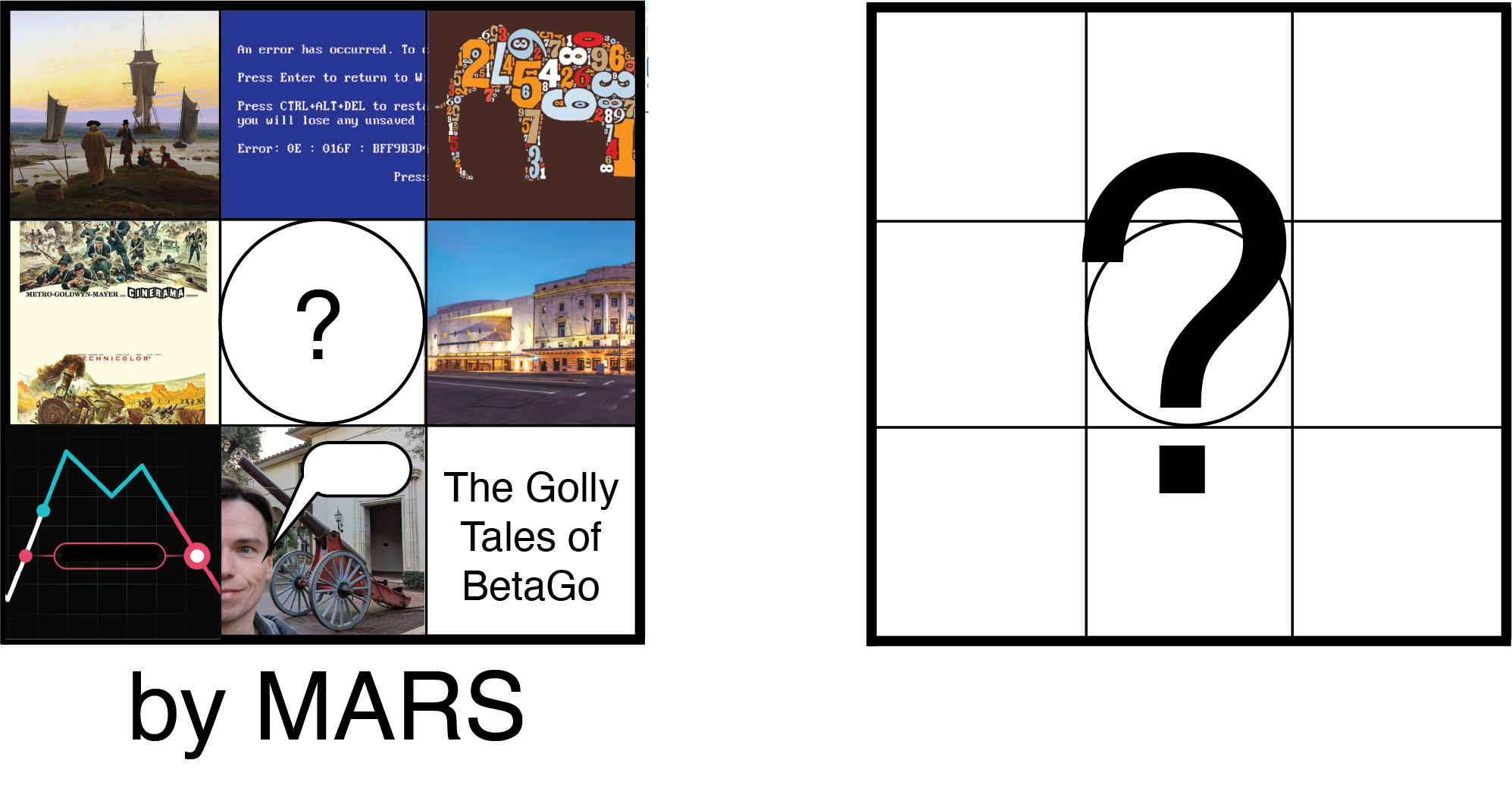(Takes off helmet.)
Dear fans, young and old, I hope you are as mystified yet confused by the start of “Ready Layer One” and the “Twelve Days of Sudoku” as I am. This work and the notes on “unfinished” puzzle ideas that we are producing **as needed** day by day has a lot of potential for a multi-week+ experience that is customized to solver’s interest level in the puzzles and the connection with their designer. Think The Game meets Dungeons and Dragons. While the initial layer only features things that interest me, the thought was some community connections would plant ideas and even puzzles to expand further in particular play sessions. We aren’t there yet. We’re still at the point where we are dealing with doubt on the work given lack of instructions, and with fear about my genius/mania with psychosis (an important conversation to have and part of the RLO experience but I’m doing ok and “Still Alive” and “No Surprises” are happy songs in my formulation). Please don’t try to race to beat mars (not an important goal as mars was a nickname I used on crocopuzzle when I wanted to stay anonymous in chasing uvo but my secret identity was stolen from me because I was obviously a cheater or someone special).
We recognized after launch that we should have put some labels on the Ready Layer One box, to make it clear that only those who have known me for 18 years or more can do the launch puzzle on their own and not with a small team and willingness for creative research. If you don’t know all of the puzzle tropes or have familiarity with my old writings, publications, …, it will be tricky in a small number of places. But the first gate has been available since day one for those with the desire to cross it. For those who are still wondering what they get for hitting the solve button and haven’t gone to see covfefe yet, you should wait for a more guided experience later with warm-up puzzles. I may even join in on those play sessions directly to make sure nothing really crazy is coming up while you get your bearings as that helps us know how to edit. For those who have submitted covfefe, I expect to give the first year prize to NAMI (general) and NAMI (San Mateo County) since no one is on track to claim it. The prize in 2024 being to give away $10,000 to do most good, with winners submitting a proposal for evaluation as it is a hard problem to give purposefully.
For the next couple days we will be slowing down and not releasing progression puzzles, just doing more fun things with the Twelve Days of Sudoku posts (but not the extra parts). We are waiting to at least see some people commenting on interesting things or submitting new ideas / challenges for constructors as the TDoS is a course to open the mind, not a competition even if it also works within RLO. We meant these ideas to be a blossom of creativity not a blue screen of death. There still isn’t even much consideration on CtC Discord, so I think the world is sleeping on (classic) Sudoku. If you aren’t asleep, contact me.
Let’s go slow for a bit within this community to make sure everyone is seeing the experience we’re building together at the right time. Great job team. Seven days to go.
(puts on helmet, game back on.)


